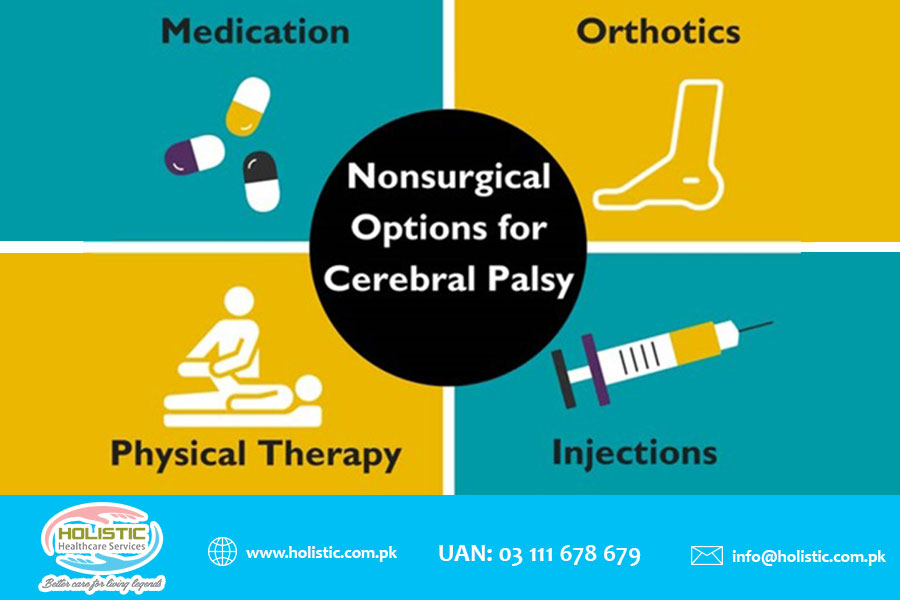Cerebral Palsy is a condition that affects muscle movement and coordination. It is caused by damage to the brain and hinders the body’s ability to move in a purposeful or coordinated way. Usually, signs of CP appear in early childhood.
Symptoms
The foremost symptoms of Cerebral Palsy are visible in babies and toddlers. When the baby is picked up, he or she feels floppy. Similarly, babies with CP are unable to hold up their head while lying on their stomach or in a supported sitting position. Some other symptoms of CP include:
- Muscular spasms that make the baby’s muscles stiff
- Poor muscle control, reflexes, and posture of the baby
- Delayed milestones are present such as not walking till 12 months, or speaking until 24 months
- Delayed development (cannot sit up or independently roll over by 6 months)
- Feeding or swallowing difficulties
- The baby prefers to use only one side of their body
Causes
There is no single cause of cerebral palsy. For most babies born with cerebral palsy, the cause remains unknown. Researchers now know that only a very small percentage of cases of CP are due to complications at birth (e.g. lack of oxygen). Today, it is accepted that cerebral palsy usually arises from a series of causal pathways. These include a sequence of events that when combined can cause or accelerate injury to the developing brain.
Types
Cerebral palsy can be described by the way it affects people’s movement, the part of body affected, and how severe the effects are. Common body parts affected are:
1) Both arms and legs, muscles of the trunk, face, and mouth
2) Both legs and arms (to a lesser extent)
3) One side of the body (one arm and one leg)
4) Gross motor skills such as sitting, walking, and moving around
5) Fine motor skills involved in smaller movements that occur in the wrists, hands, fingers, feet, and toes
Diagnosis
Healthcare specialists might suggest brain imaging tests, such as X-Ray, Computed Tomography (CT scan), or Magnetic Resonance Imaging (MRI). An electroencephalogram (EEG), genetic testing, or metabolic testing, or a combination of these might be done. CP is generally diagnosed during the first or second year after birth.
Treatment
At present, there is no way to totally prevent or cure cerebral palsy.
Public health measures, such as the use of mandatory seatbelts, pool fencing, and rubella vaccinations, continue to prevent Cerebral Palsy. Several interventions for high-risk infants recently introduced help reduce the risk or severity of cerebral palsy. Three examples are:
> Cooling – Newborn babies who have suffered a brain injury due to lack of oxygen around the time of birth may be treated with cooling. Cooling or mild hypothermia involves slightly lowering the infant’s body temperature and aims to reduce the impact of brain injury.
> Antenatal steroids – A single course of steroids given to mothers who are at risk of a preterm birth reduces the risk of their babies having cerebral palsy.
> Magnesium Sulphate – When given to pregnant mothers who are at high risk of very preterm birth, Magnesium Sulphate can help protect babies from a brain injury that leads to cerebral palsy.
If you have a patient suffering from Cerebral Palsy, we can provide home care assistance services at your home. Holistic Healthcare Services has been providing caregiving and nursing services to patients affected by CP in Lahore and other major cities in Punjab. Call us today at 03 111 678 679 to know more about our services and talk with our health care professionals.




 Reach us on WhatsApp
Reach us on WhatsApp